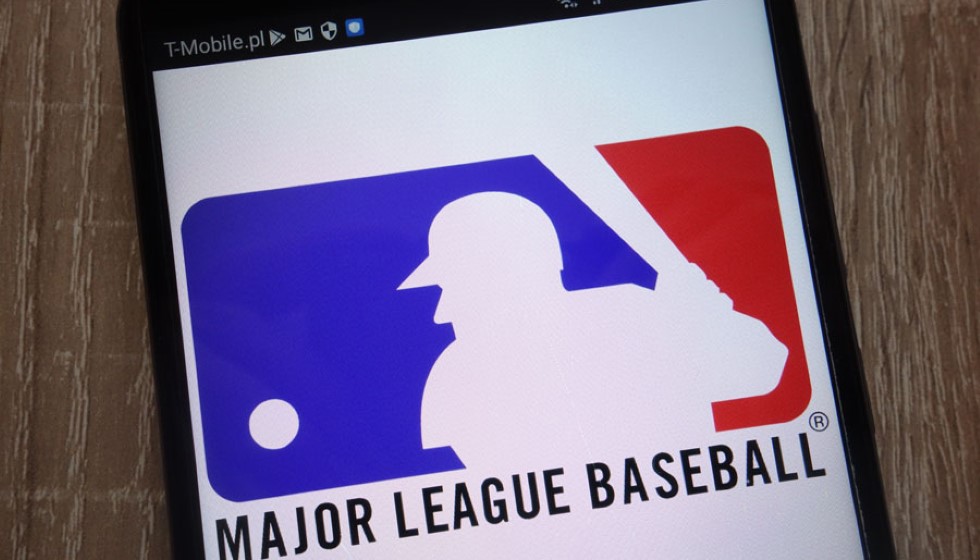
In the ever-evolving landscape of Major League Baseball, the value of a dependable starting pitcher cannot be overstated. Among the current crop of elite arms, Max Fried and Blake Snell emerge as key figures, each with their own merits and question marks. Both pitchers are expected to command substantial financial offers, reflecting not only their achievements but also the scarcity of elite starters on the market.
Keeping It Steady: The Case for Max Fried
Max Fried stands out for his consistency and reliability, attributes highly valued in a starting pitcher. Across nearly 900 innings pitched, Fried has maintained a career ERA+ of 140, underscoring his effectiveness and stability. Even in what could be considered his worst season — limited by injury to just 14 starts — Fried was still able to post a respectable WAR of 2.6. This track record of steady performance renders him a "much safer option" as noted by baseball analyst Matt Snyder, who lauds Fried's "steady presence" as a significant asset.
Several seasoned experts, including R.J. Anderson, would lean towards Fried when given the choice. "I guess if I had my druthers I would take Fried," Anderson reflects, pointing to Fried's lack of "command-related crater risk," a potential pitfall that can sideline even the most promising pitchers. Fried's reliability is a rare gem, particularly appealing in an era where pitching inconsistencies can greatly impact a team's success.
The Highs and Lows of Blake Snell
In contrast, Blake Snell presents a more enigmatic profile. Winning two Cy Young awards, Snell has proven that when he's at his best, he is practically untouchable. Mike Axisa praises Snell, saying, "When he's on, he's as good as any pitcher in the game... Snell is one of the game's premier bat-missers." His ability to miss bats is unparalleled, yet his journey has been marked by fluctuating performances and high walk rates.
Despite his talent, Snell's inconsistent command has been a persistent topic of discussion. Dayn Perry articulates the concern shared by many in the baseball community, pointing out, "it's hard for me to overlook his chronic command-and-control issues." These issues contribute to Snell's unpredictable WAR outputs, making him a pitcher of extreme highs and potential lows.
Weighing the Financial Outlook
As both pitchers approach potential free agency, their financial prospects appear closely matched. R.J. Anderson aptly summarizes the financial dynamics, suggesting that both Fried and Snell "might have a similar financial outlook based on their ages and track records." Teams looking to bolster their rotations will likely weigh Fried's steady reliability against Snell's high-ceiling performances, taking into account the unique demands and philosophies of their pitching staffs.
For some evaluators, the allure of potential dominance may not be enough to offset the risks associated with Snell's command issues. As Matt Snyder comments, "I like gambling at times, but less so with southpaw pitchers in their 30s. Gimme the safe option in Fried." Fried's ability to deliver consistent results is a compelling factor for franchises seeking stability over volatility.
Ultimately, the choice between Max Fried and Blake Snell will come down to a team's appetite for risk versus reward. Both pitchers bring extraordinary talents to the field, yet they encapsulate different philosophies of what makes a starting pitcher truly valuable. As the baseball world watches closely, the decisions surrounding Fried and Snell's futures will undoubtedly be among the most intriguing storylines to emerge in the coming seasons.